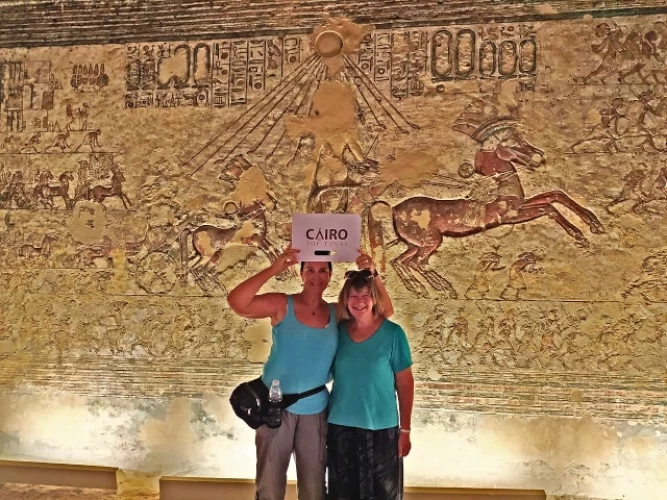
Menya Governorate Egypt
Minya governorate is one of the governorates of Egypt, located between the governorates of Beni Suef in the North and Assiut in the south. Its capital is the city of Minya. It is one of the most important governorates of Upper Egypt due to its Mediterranean location and its unique archaeological sites. It has a large university with fifteen faculties. She was previously nicknamed Minya Al-Fuli after Sheikh Ahmed Al-Fuli.
At the end of the seventh century AD, the Islamic conquest reached it during the reign of Caliph Umar ibn al-Khattab. It removed the rule of the Eastern Romans from it, and Islam spread rapidly. Hence, the vast majority of its people converted to Islam and built many mosques around it, a trend that continued to increase during the reigns of Caliph Uthman ibn Affan and Caliph Ali ibn Abi Talib, as well as those that followed, up to the modern era.
Name
The name Minya evolved from the hieroglyphic word (ban it), which is an abbreviation of the old full name (ban it Khufu), name (Minya) came, and in the Islamic era it was ruled by the Wali Ibn khasib, so it was attributed to Minya Ibn khasib, whose mandate was wished by Al-khasib Ibn Abdul Aziz, the son of Caliph al-Abbas, and his wish was fulfilled by his jurisdiction over it, and the nickname Minya Al-Fuli is named after the famous Islamic scientist Ahmed Al-Fuli after his residence in it.
El menia holiday
The national holiday of Minya is on March 18, on the occasion of the uprising of the people of Deir MOAS and Malwi, where they waited for a train coming from the south carrying the English Prison Inspector Bob and burned the train, including him. This day became a national holiday of mania.
El menia economic
Minya governorate is one of the industrial governorates in Egypt, including black and white cement factories in Samalot, iron and steel quarries, sand quarries, marble quarries, limestone quarries, natural gas filling stations, carbonated water factories in Samalot Center, oil factories, cotton mills, natural gas filling stations, carbonated water factories in Minya Center, sugar factories in Abu Gergas Center, and tile and sand brick factories in Maghagha Center.
Agricultural
Minya governorate is one of the agricultural governorates in Egypt, where the area of agricultural land is estimated at about 452 thousand acres, representing about 6.5% of the total area of agricultural land in Egypt. The most important agricultural crops in it are cotton, wheat, corn, potatoes, sugarcane, and and bananas.
Tourism
Minya governorate is considered a museum and an ancient record of historical eras that have passed over Egypt, as it is considered a complete record of Pharaonic, Roman, Greek, Coptic, and Islamic antiquities. Among the most important monuments in the governorate are the Al-Lamti Mosque, Al-amrawi Mosque, Al-Masri Mosque, Al-Foley mosque, Zawiya Sultan, Tahna Al-Jabal, Antar Stable, and the leaning minaret mosque. It has a temple to Queen Hatshepsut, Amarna Hill, and there are many Christian monasteries such as the monastery of Our Lady in Jabal al-Tayr, the Holy Family Church in Malawi, the Church of Abu Abdul Masih Al-Manahiri, and the Monastery of Anba Samuel.















